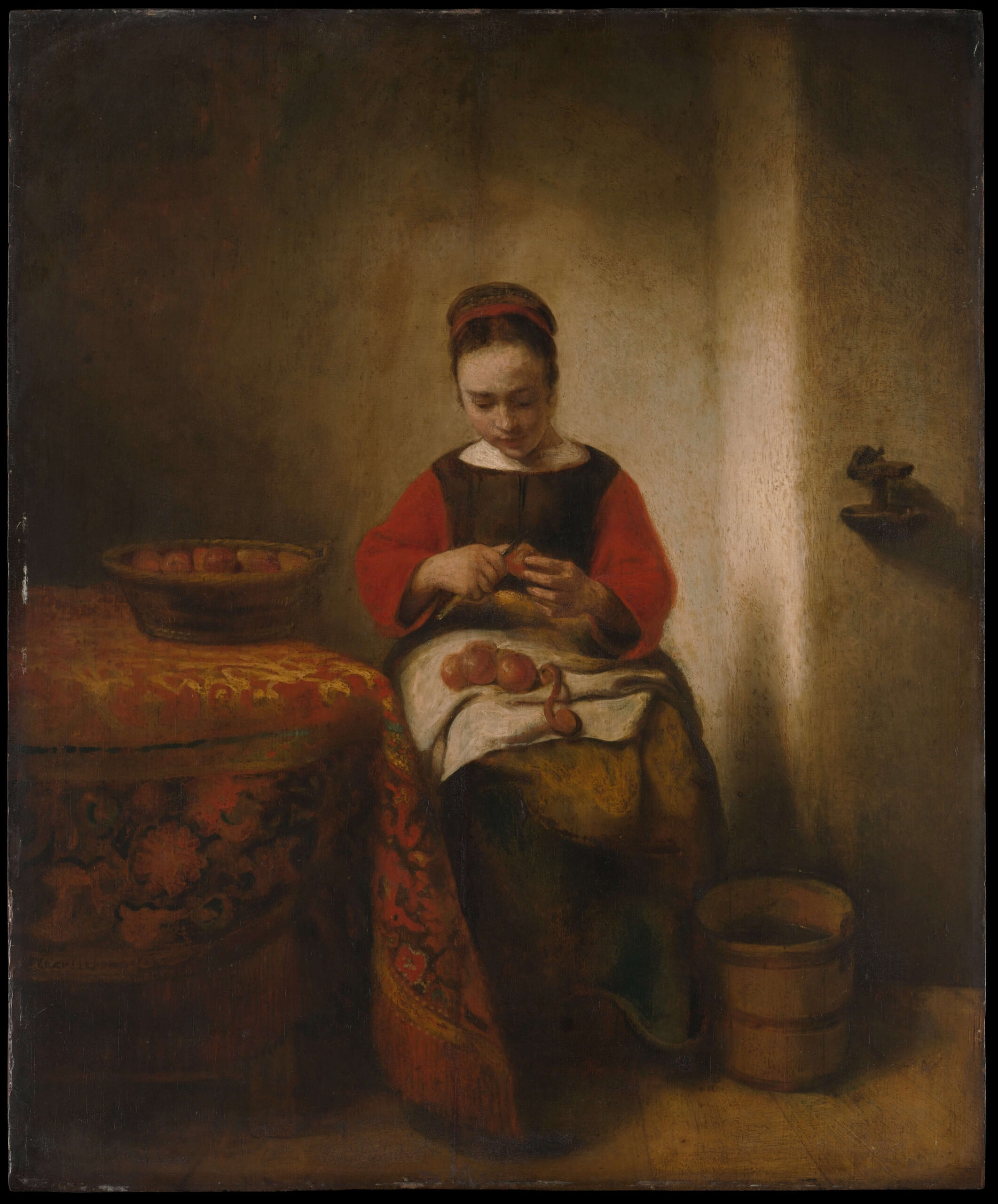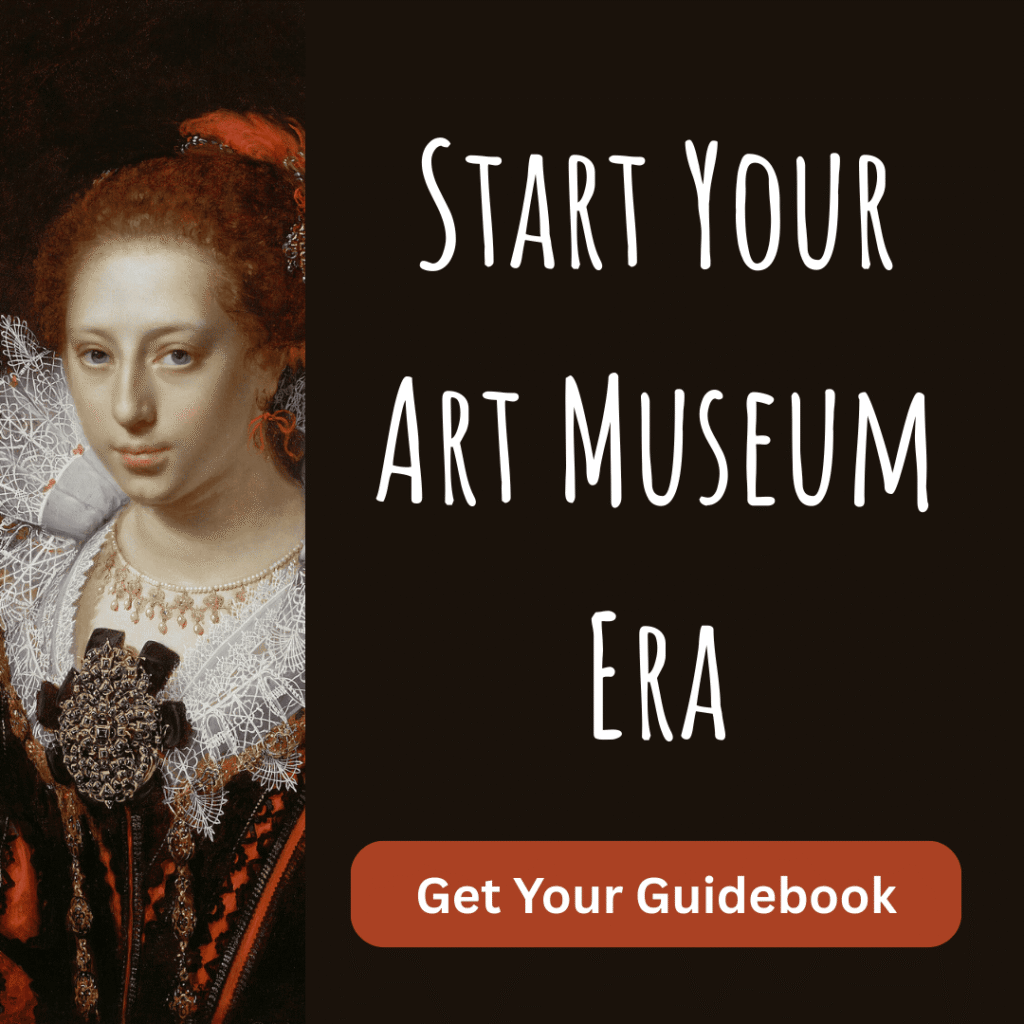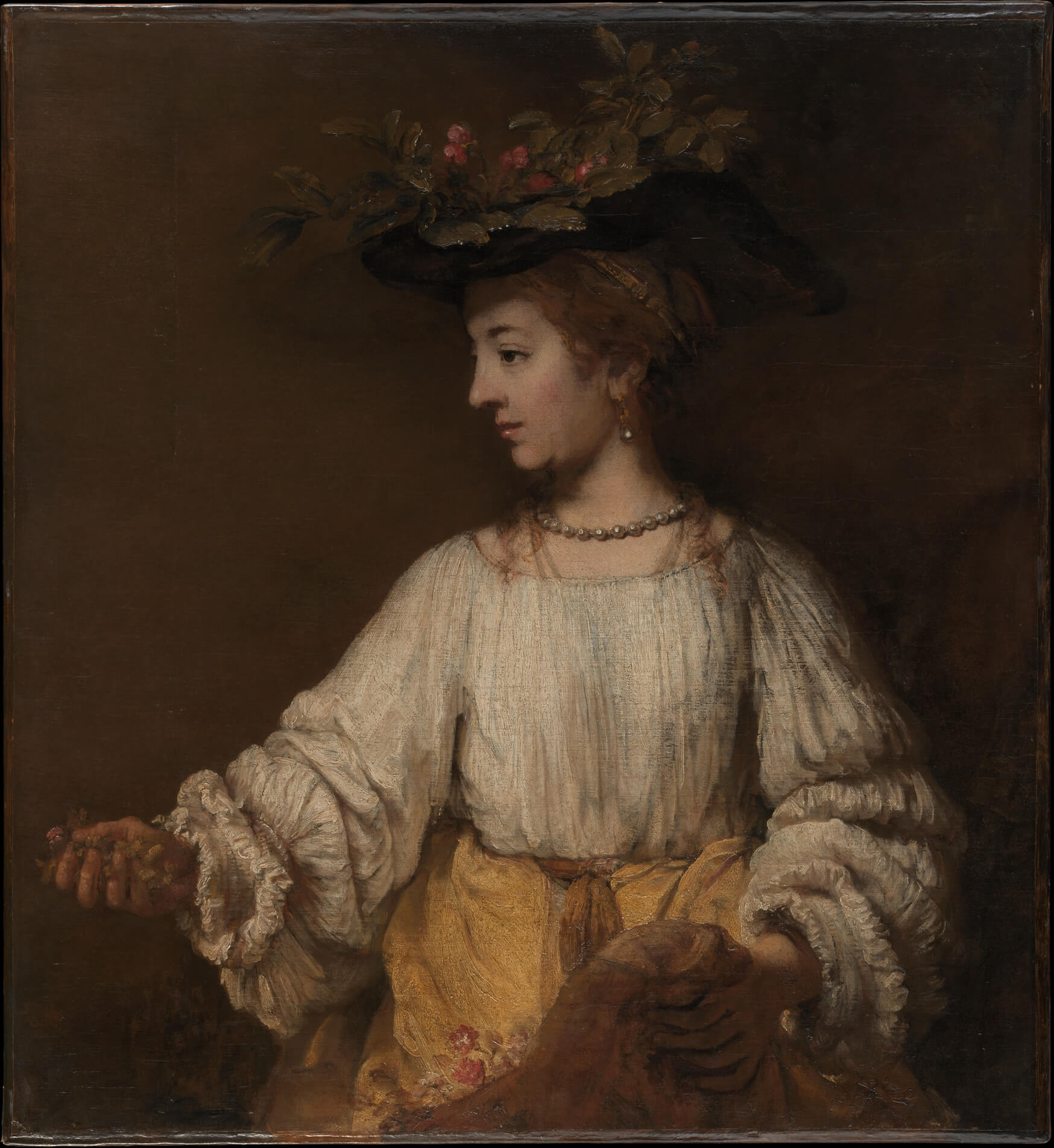
In Praise of Painting: Dutch Masterpieces at the Met is an ongoing exhibition of the Metropolitan Museum of Art‘s paintings from the Dutch Golden Age. I’m not usually a fan of Dutch old masters, but I really enjoyed this show. It provided the chance to view the works up close at my leisure, which gave me a new appreciation for this type of artwork.
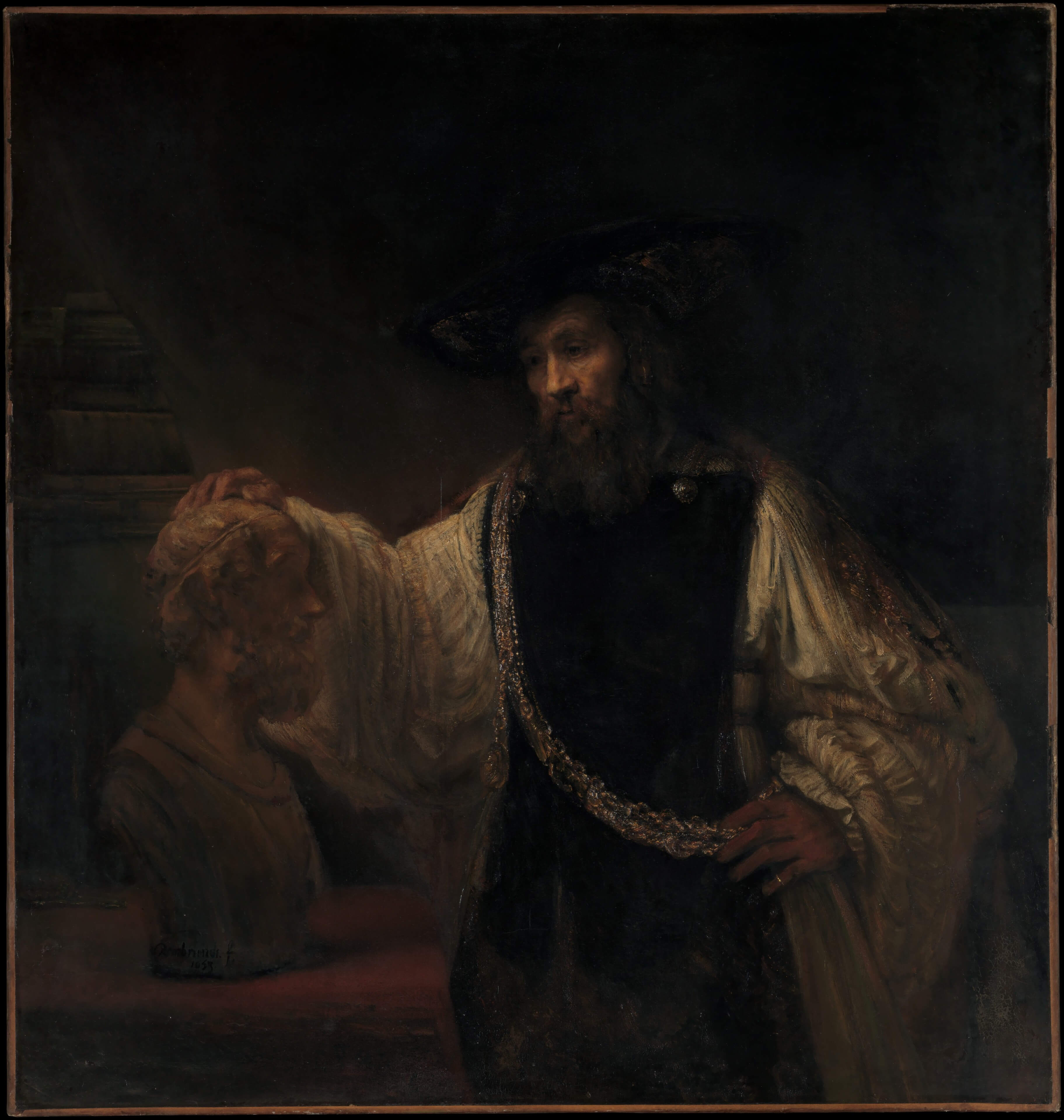
The Dutch Golden Age, a time where the Netherlands flourished in art, culture, and commerce, took place in the 17th century. Celebrated Dutch artists Rembrandt, Vermeer, and Frans Hals flourished at this time, which was also the age of great Dutch still lives and genre scenes. Sections of the exhibition focus on key themes of Dutch art: domestic interiors, portraits, paintings of women, landscapes, still lives, humorous or bawdy scenes, religious art, and the human body, as well as Rembrandt and his pupils. Each section explains the significance of the genre and how it developed during the Golden Age. In 1648, the northern part of the country achieved independence from Spain after the Eighty Years’ War. The new identity of a new nation is a big theme of the exhibition, particularly in terms of Protestant Holland versus Catholic Spain.
Here is some of what I saw and learned.
Portraits
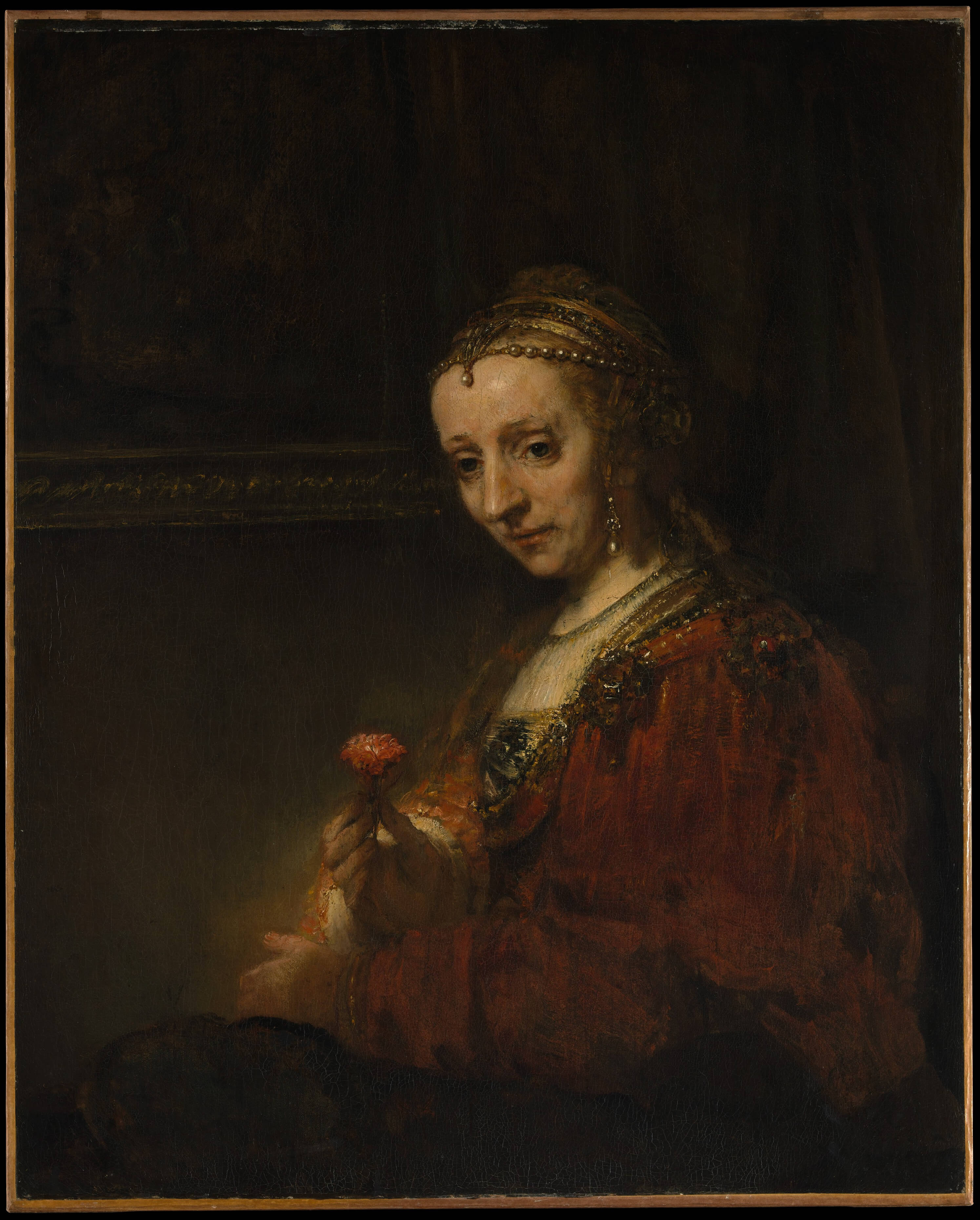
For me, the many Rembrandt portraits really stole the show, as they often do. His spectacular Aristotle with a Bust of Homer is rightly given a place of honor. I also loved his portraits of a husband and wife in archaic, theatrical clothing similar to what Rembrandt wore in many of his self portraits. The wife’s portrait appears above. On the other end of the spectrum, his Flora (shown at the top of the page) feel almost modern. With her big hat, she reminds me of Eliza Doolittle in My Fair Lady.
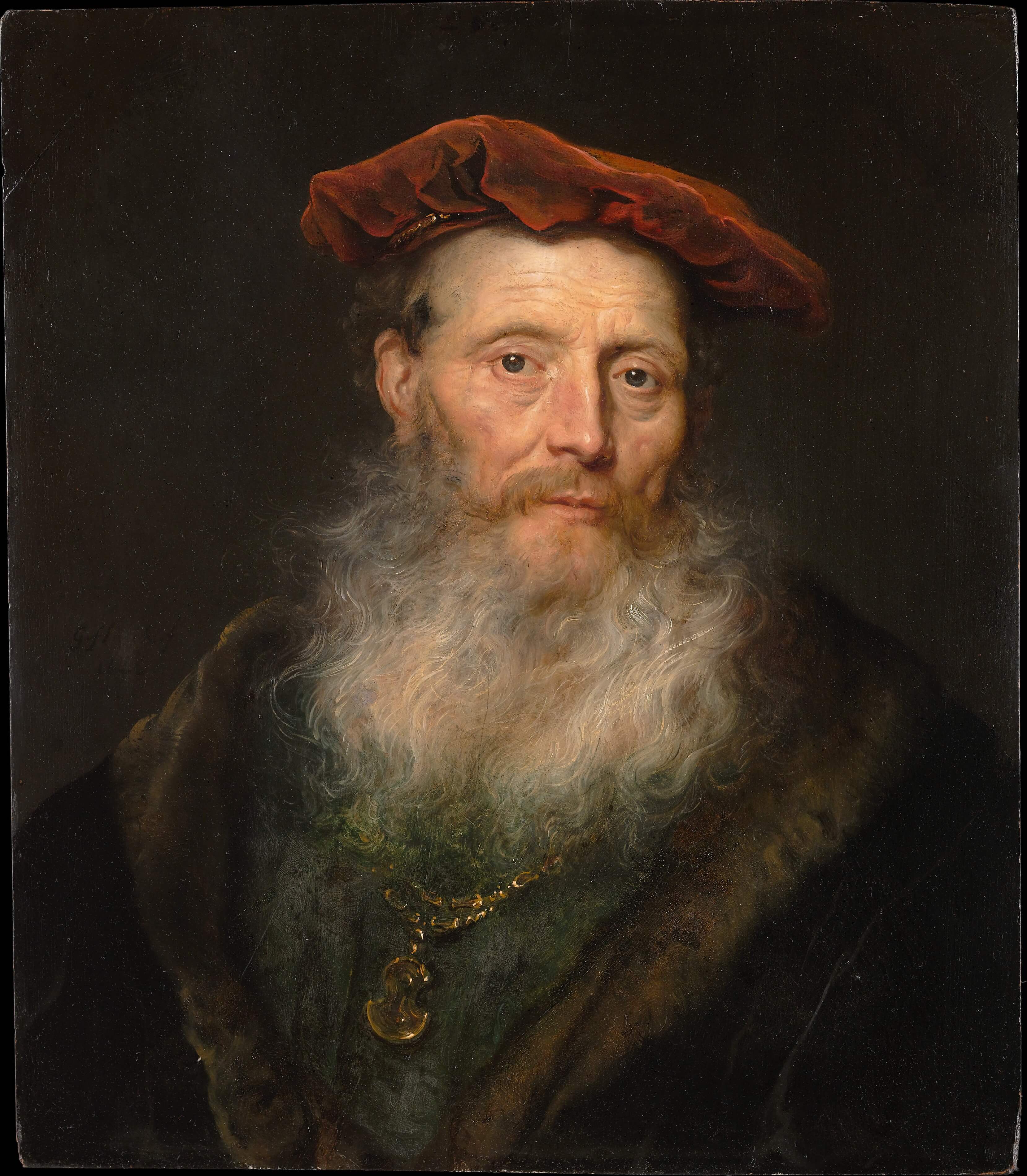
But Rembrandt wasn’t the only great portraitist of the Dutch Golden Age. It was interesting to notice how each artist had his own way of portraying figures with very similar black clothes, white collars, and severe postures. Unlike Rembrandt, whose works were always painterly and atmospheric, many other artists painted in a more vividly naturalistic style. The portrait above is a compelling example. It’s a cliché to say that this man seems like he could open his mouth and speak at any moment, but it’s actually true in this case.
Landscapes
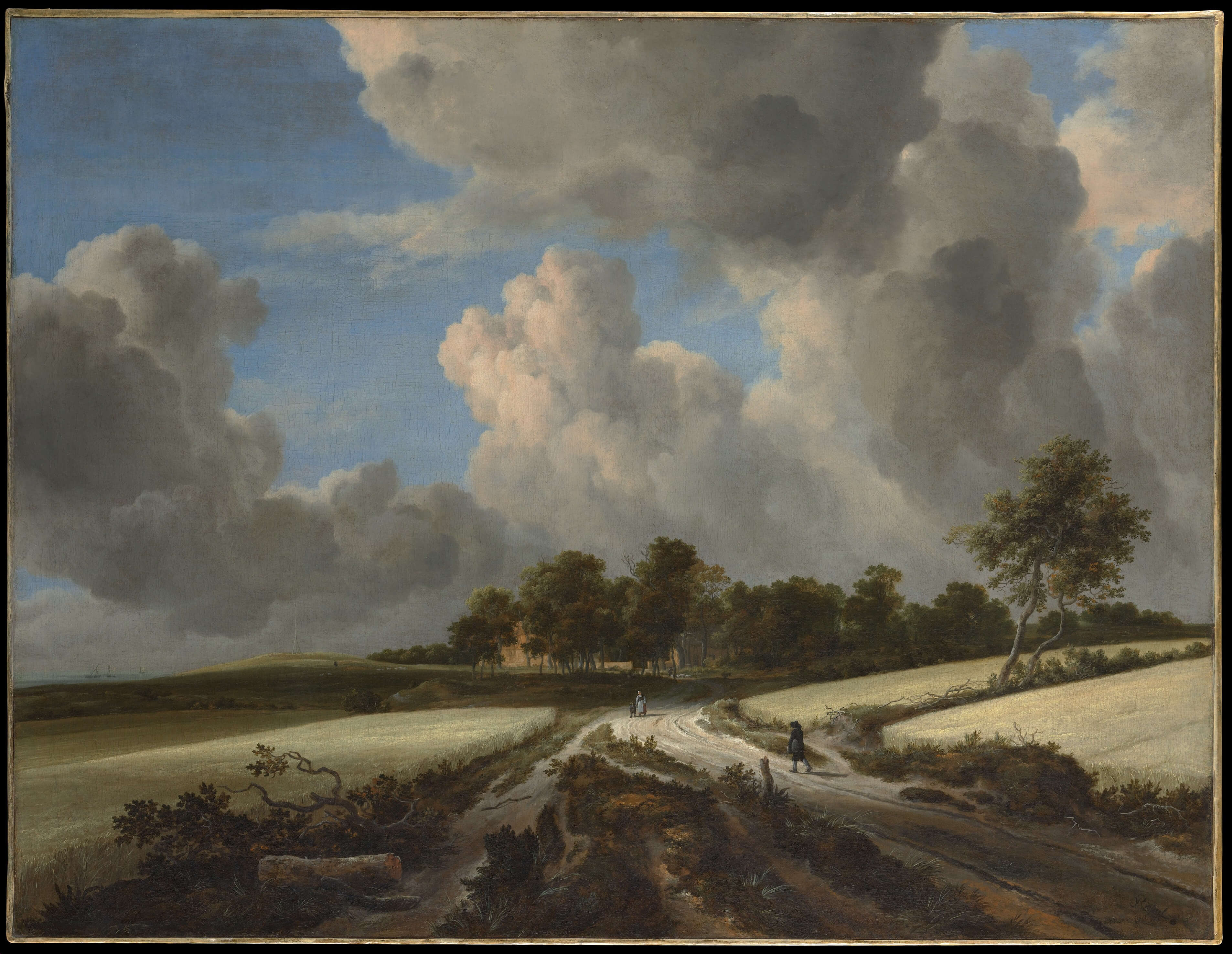
Did you know that Dutch artists were the first in Europe to pursue landscape painting as its own genre? I didn’t, but as a landscape painting aficionado, I’m certainly grateful to them. Their beautiful works started one of my favorite traditions.
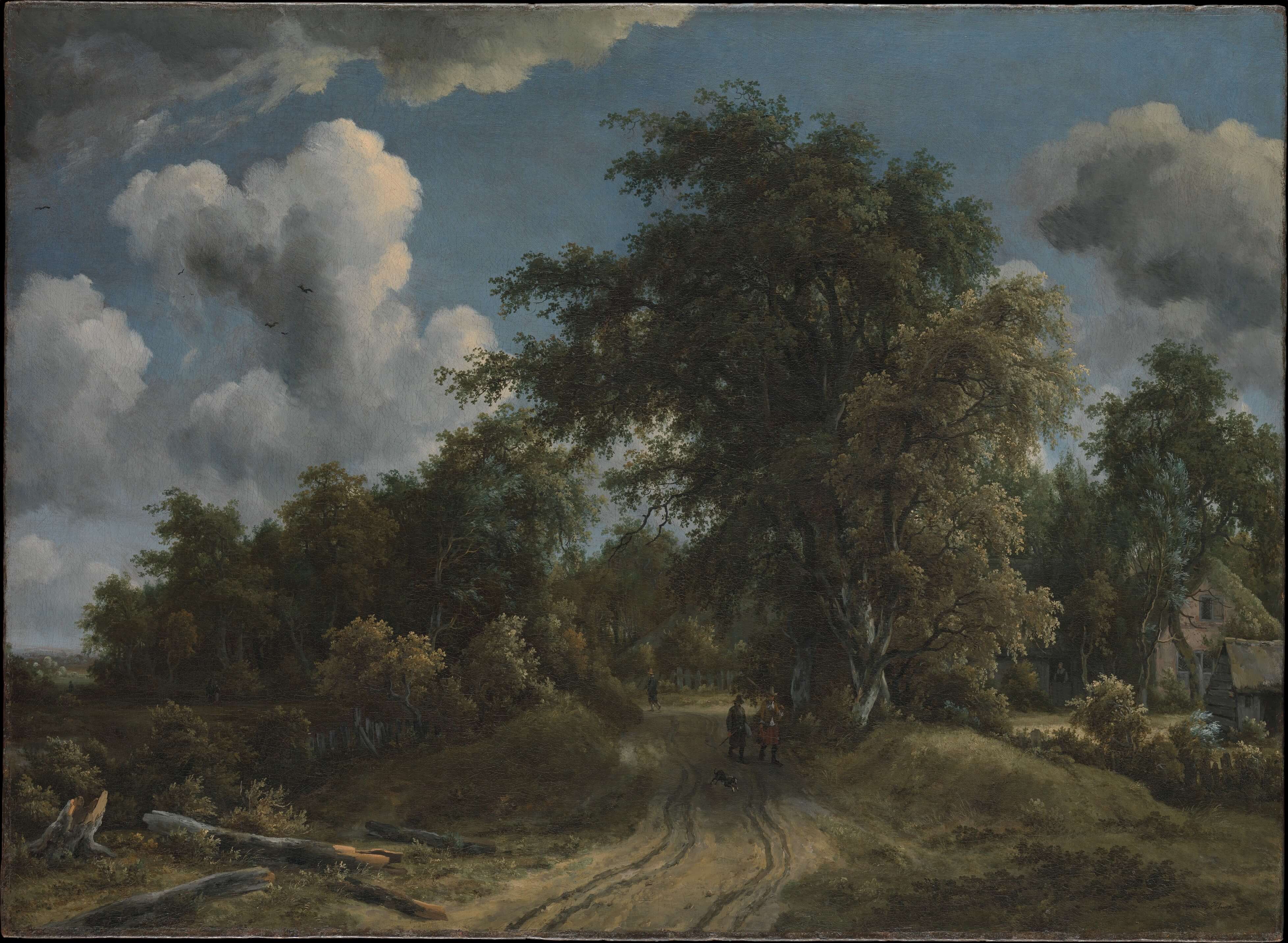
It’s difficult to identify exactly what it is, but there’s a clear difference between European landscape paintings and their American counterparts that I spend so much time talking about. I love both varieties, but there’s no mistaking one for the other. The fact that these earliest European landscapes are pre-industrial probably accounts for some of the difference. They depict a rustic and idyllic countryside that you don’t see in later works.
Still Lifes
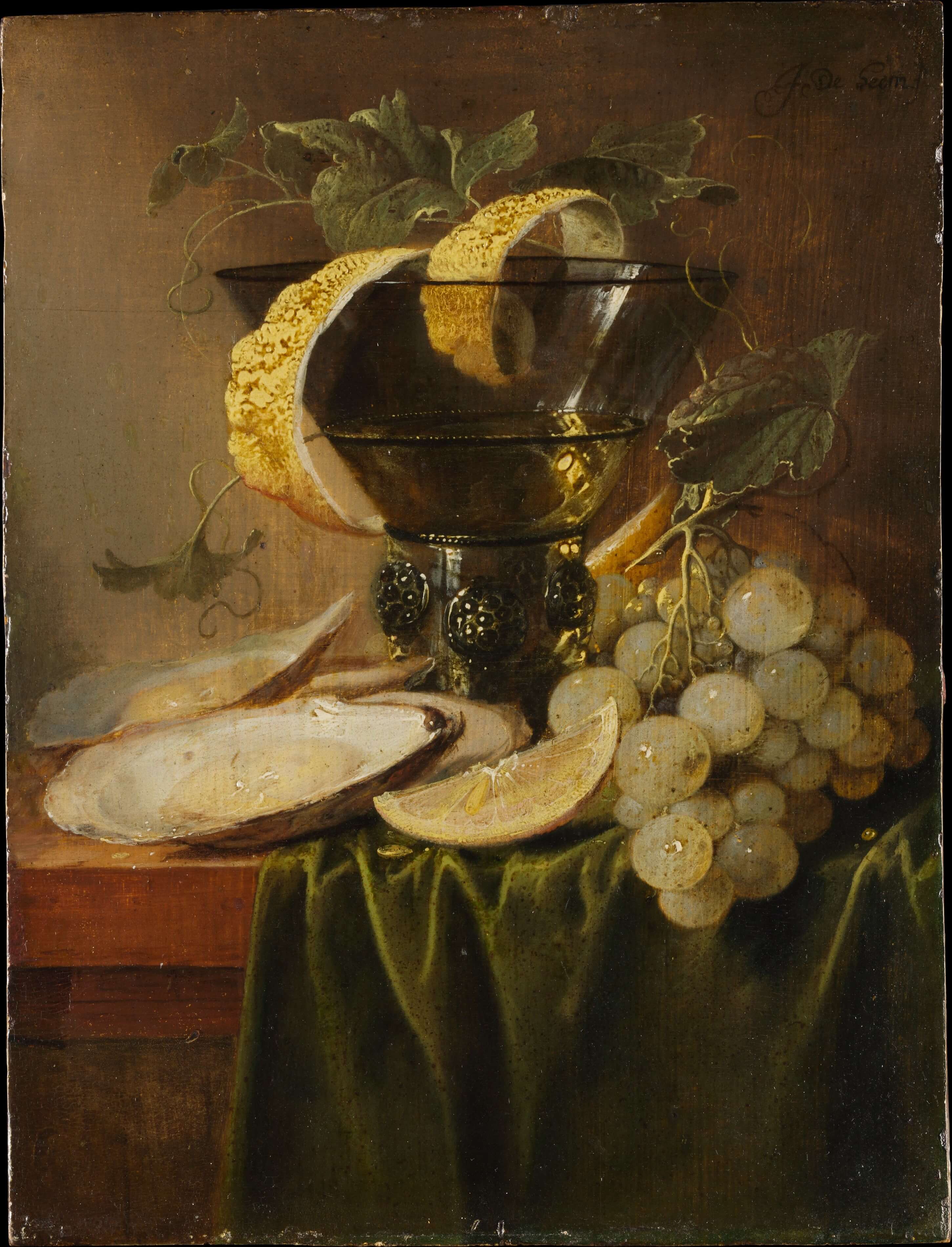
Dutch still lives are rightly famous for their virtuosity. Nothing else can compare to the way Dutch masters depicted the textures of fruit, glass, metal, fish, and more. In particular, a few lemon rinds in this show really transfixed me. I truly thought for a moment that one was a real lemon peel glued onto the canvas. You can see the effect above, but it was even more striking in person.
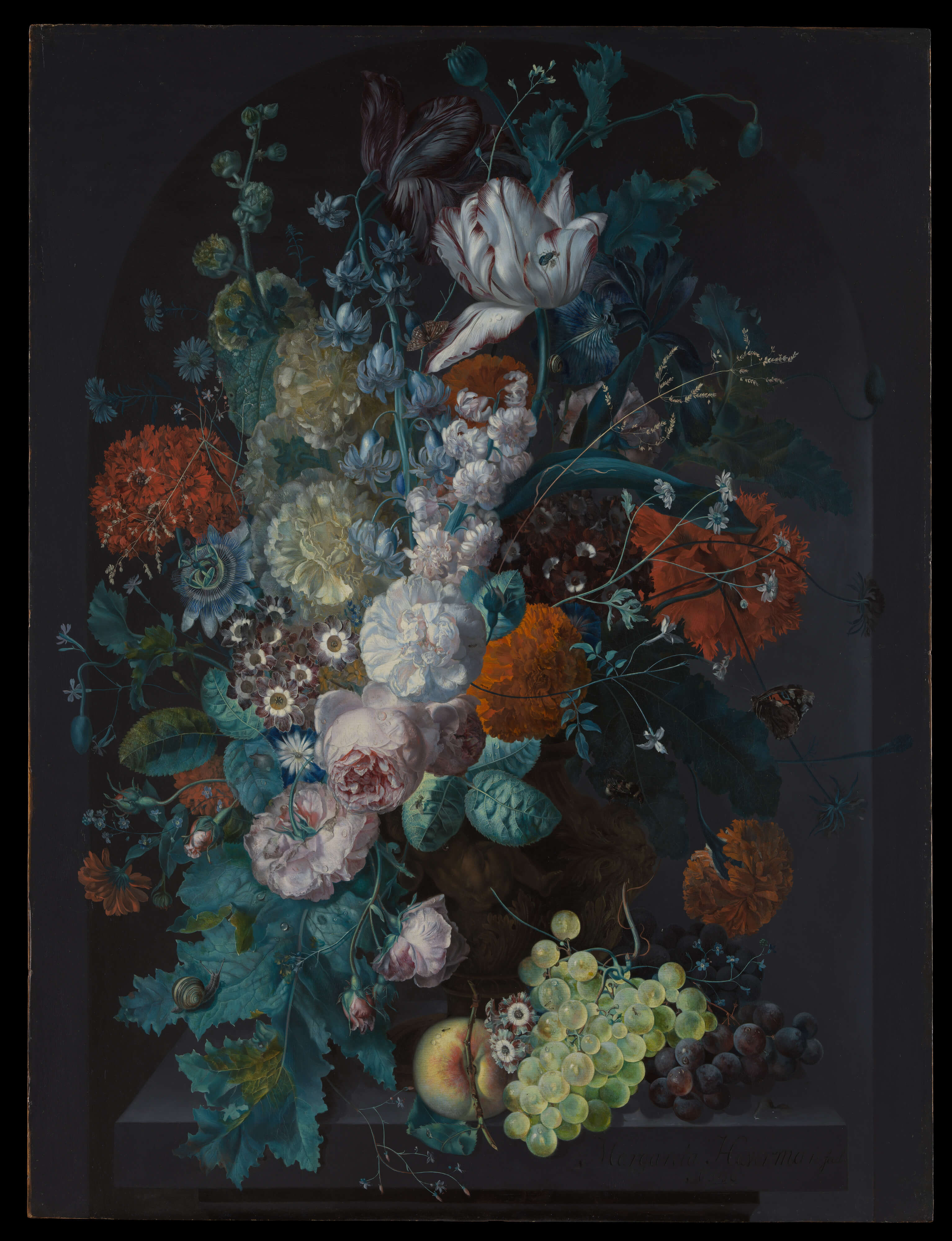
For the few female artists who pursued careers in early modern Europe, still life was a popular and accessible genre. Still-life painter Margareta Haverman is the lone female artist represented in this exhibition, but she makes a big impact. Her large painting shows many different kinds of flowers and other plants in a vase. The level of detail is truly impressive, particularly when seen up close.
Domestic Interiors and Paintings of Women
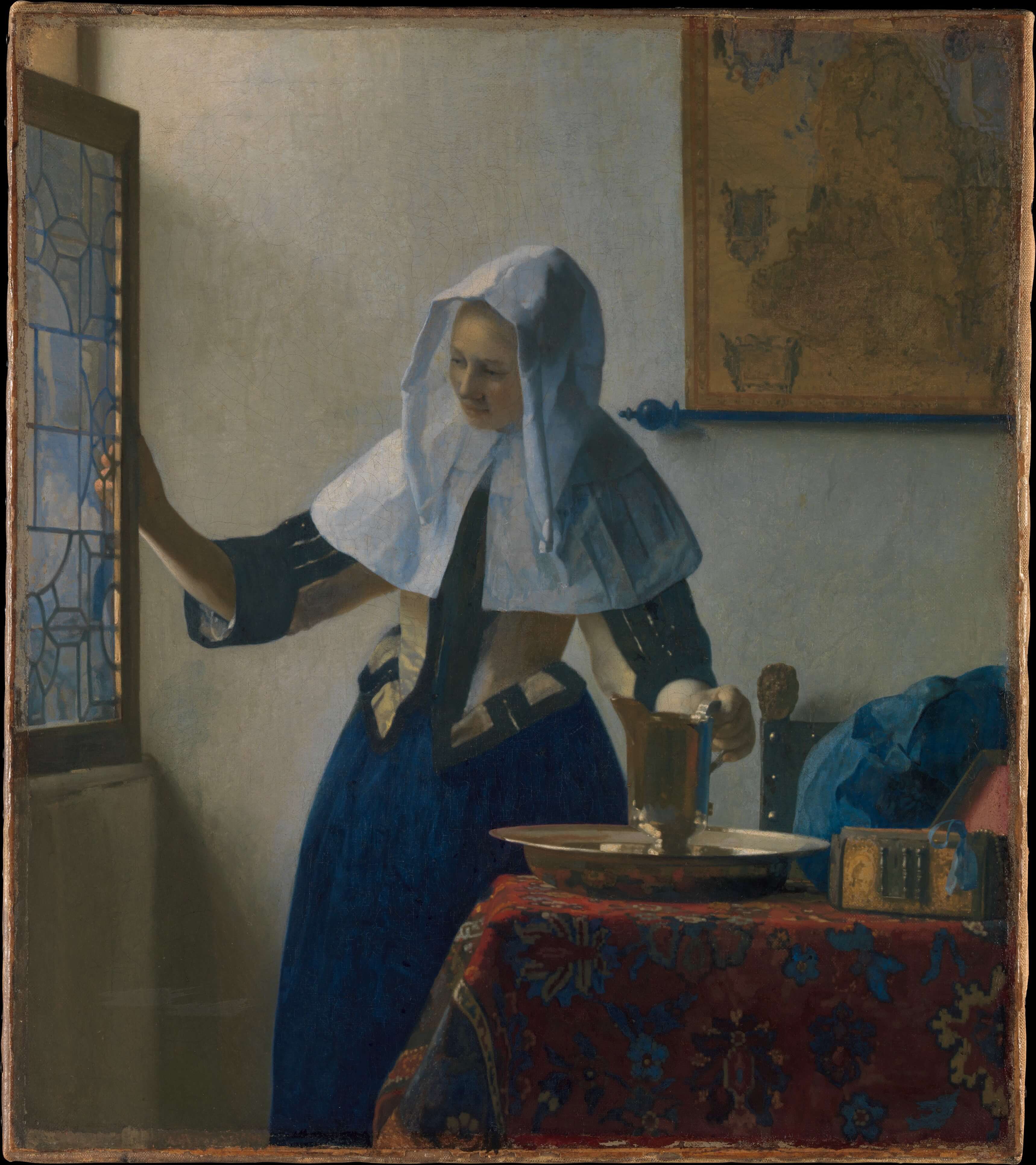
While the comical genre paintings weren’t my cup of tea, I really enjoyed the more subdued domestic scenes. This is another area that Dutch artists are famous for. Vermeer clearly dominates here, but there are also compelling works by other artists. Many works contain layers of allegory, symbolism, and narrative within lovely depictions of comfortable household settings.
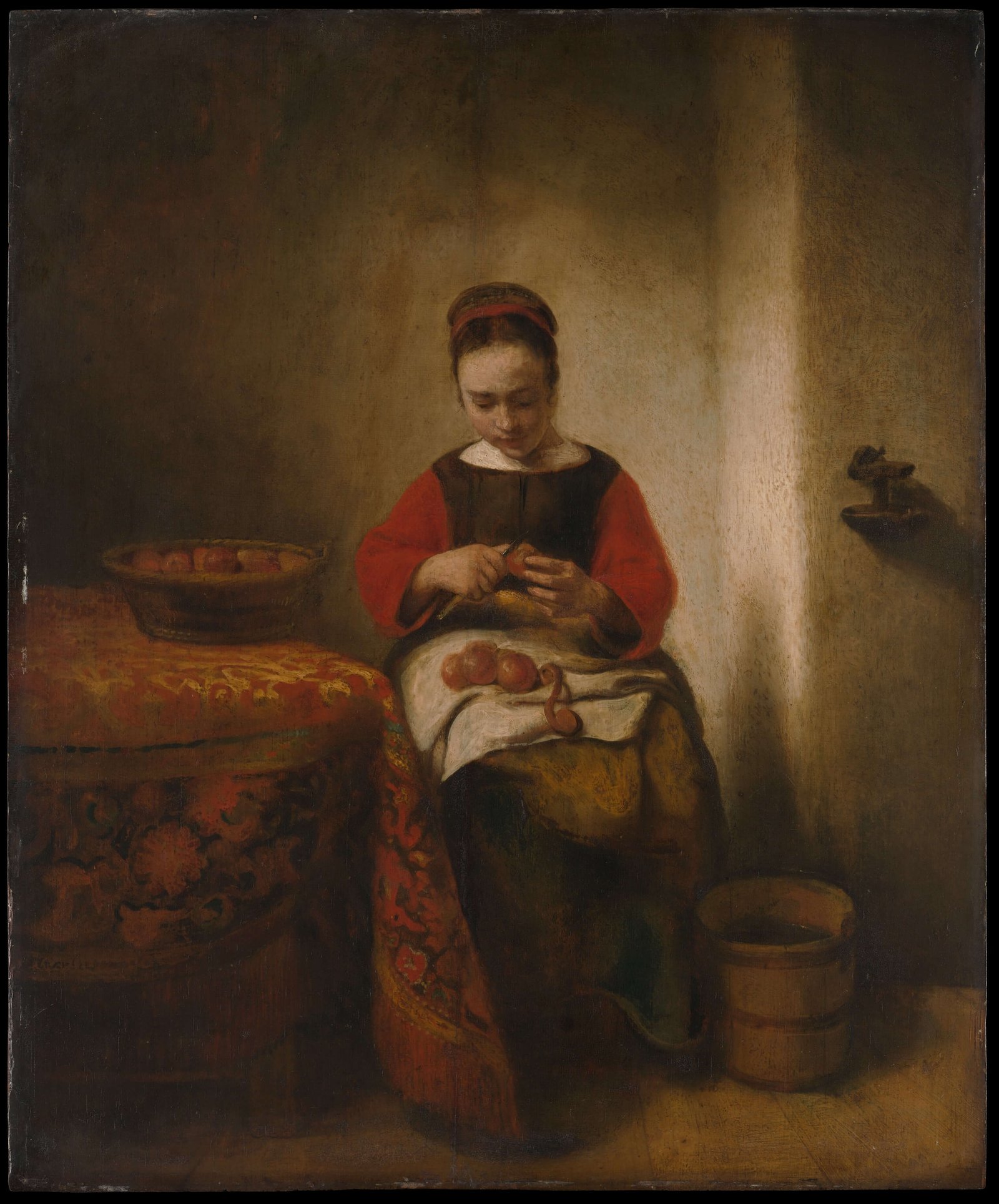
The painting above is my favorite work in the exhibition. According to the label, Nicolaes Maes was groundbreaking with this kind and respectful depiction of a maid peeling apples. It was much more common in this era for maids to basically be painted props to be laughed at or lusted over. I’m glad Maes chose to do otherwise, because I love this pleasant-looking figure and the warm, quiet simplicity of her setting. (Update: I loved this painting so much that I wrote about it for DailyArt Magazine’s Painting of the Week.
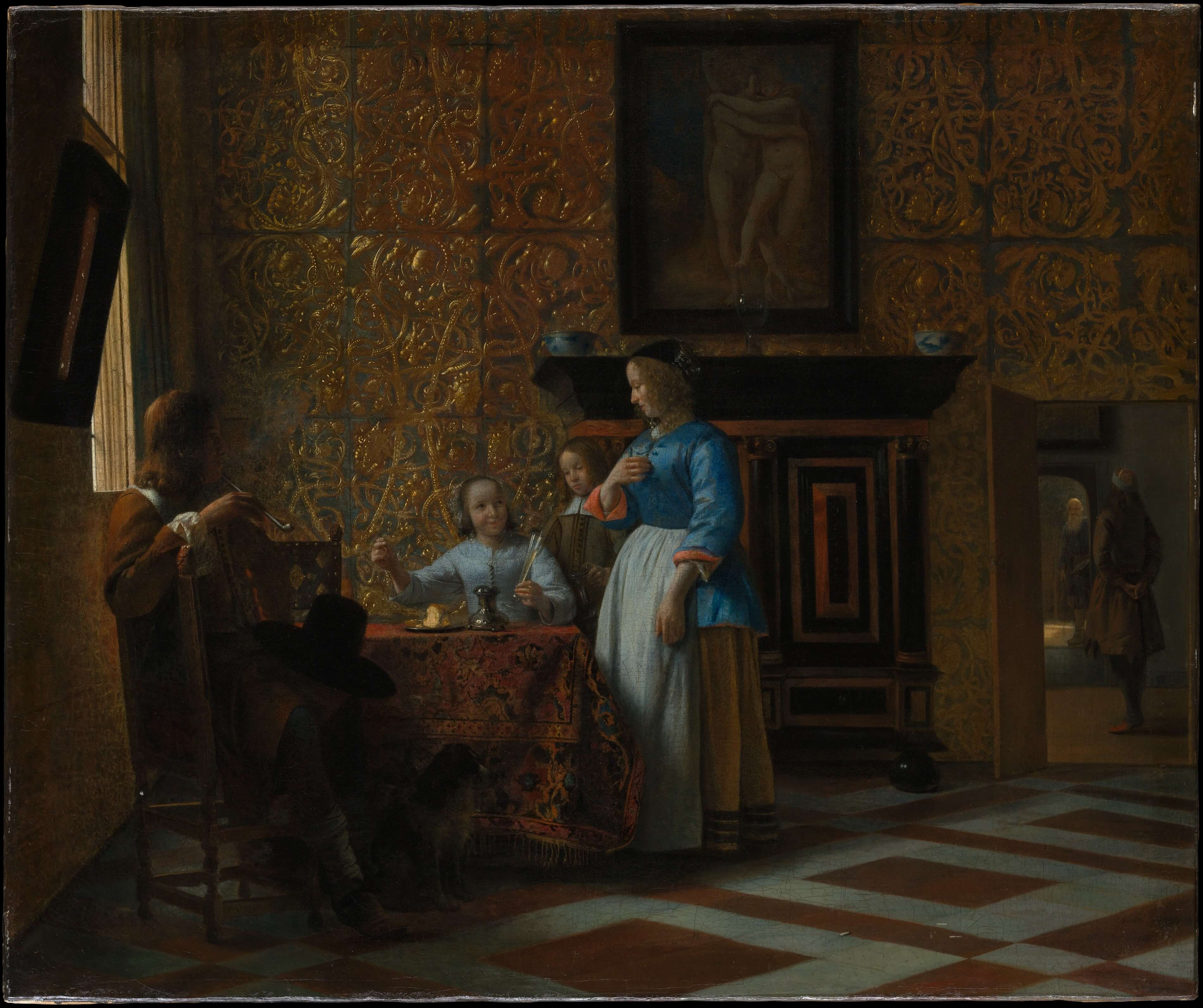
In Praise of Painting: Dutch Masterpieces at the Met is on view in the Lehman Wing at the Metropolitan Museum of Art. It opened in October 2018 and will continue for the foreseeable future. (The website says “ongoing”.) It’s very close to the new exhibition of Leonardo’s Saint Jerome Praying in the Wilderness (which you can read about here) so why not check it out when you go to see Leonardo?
